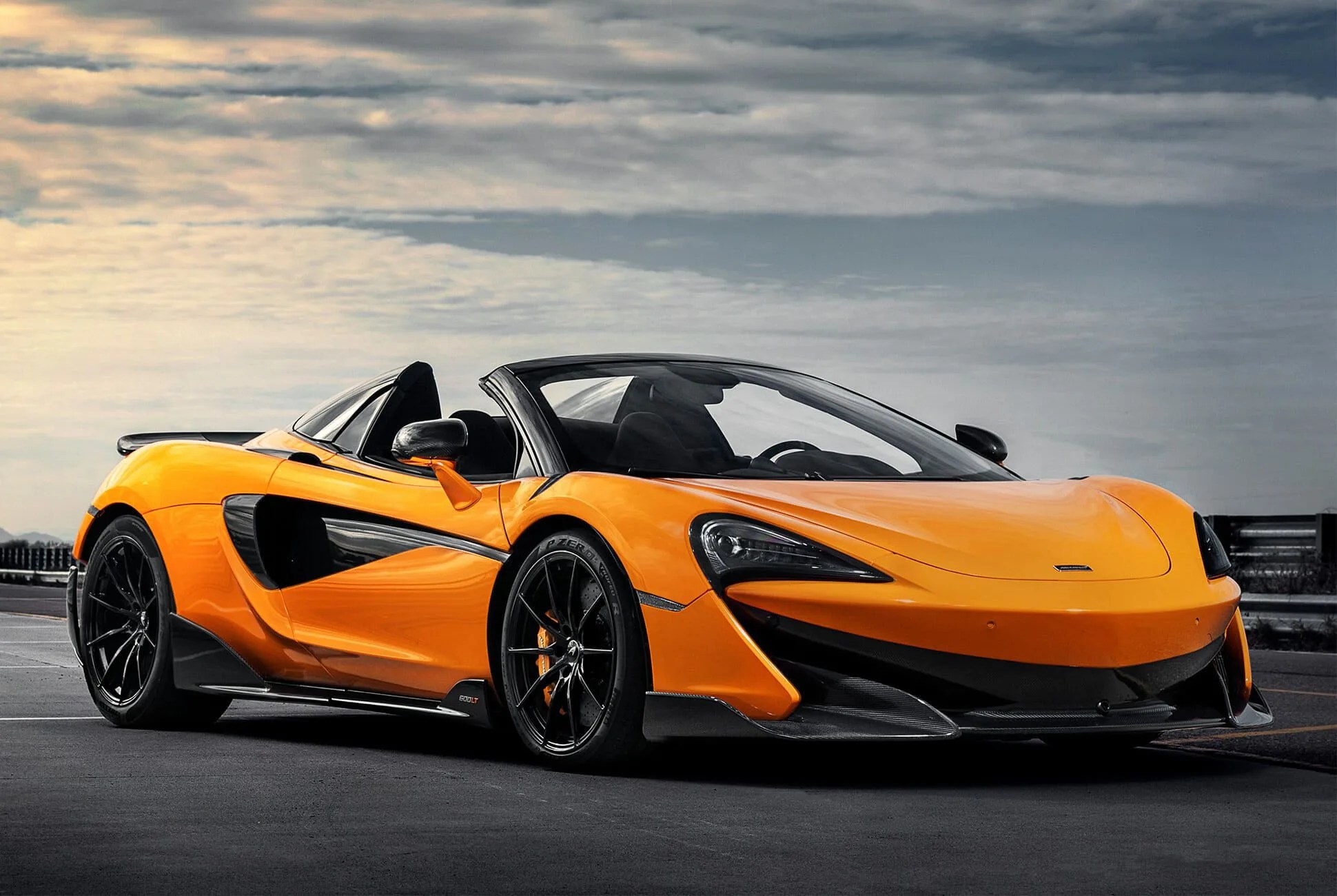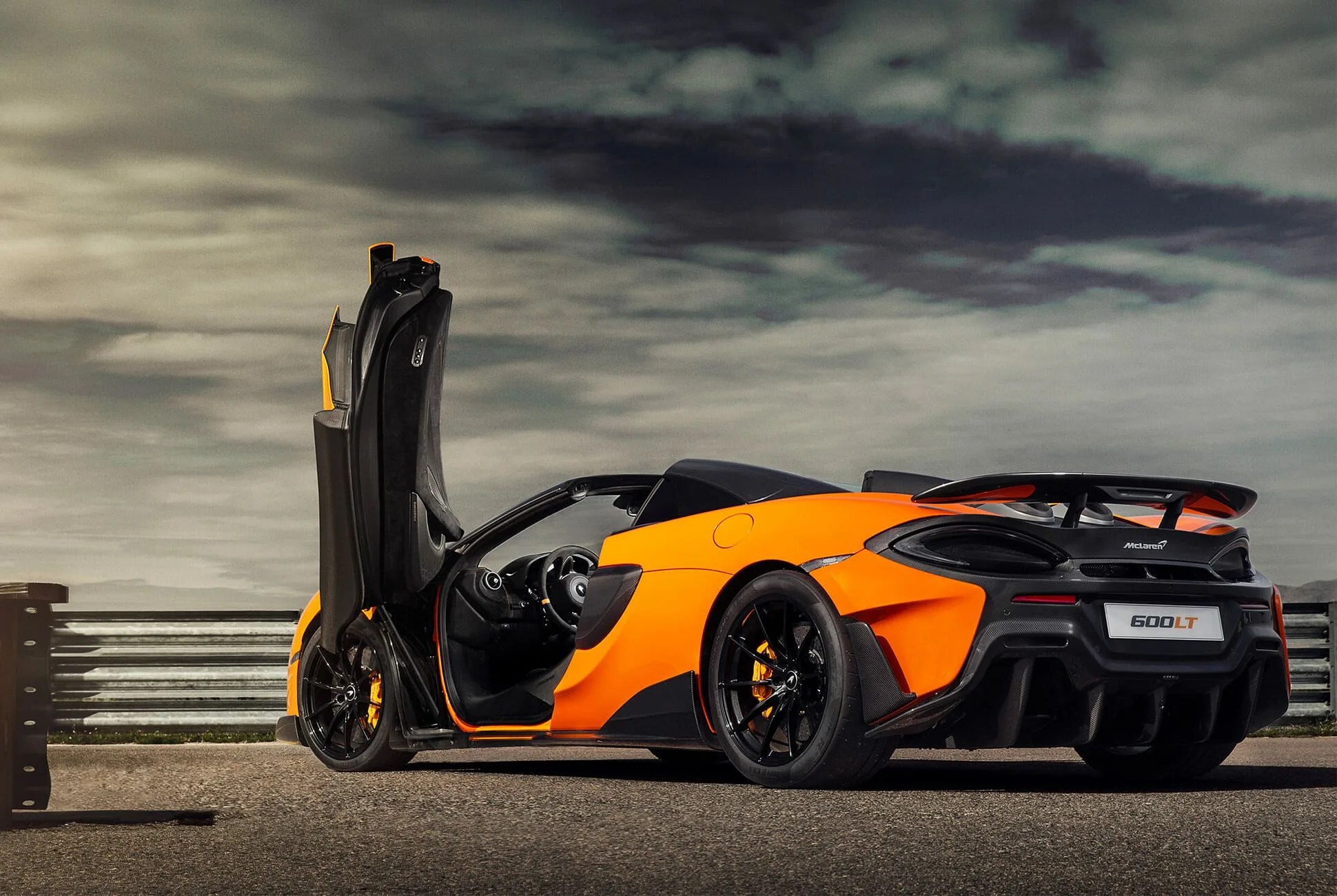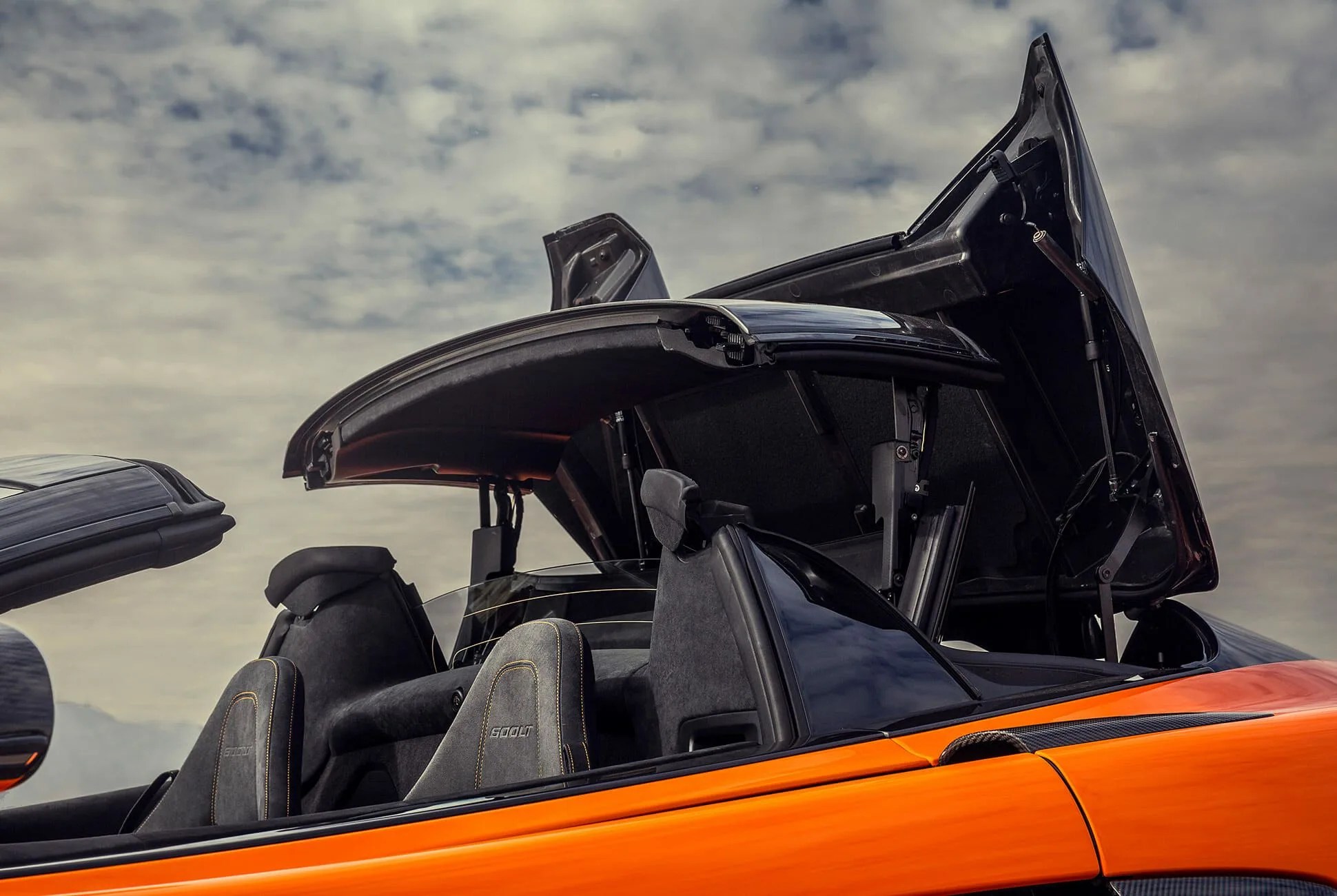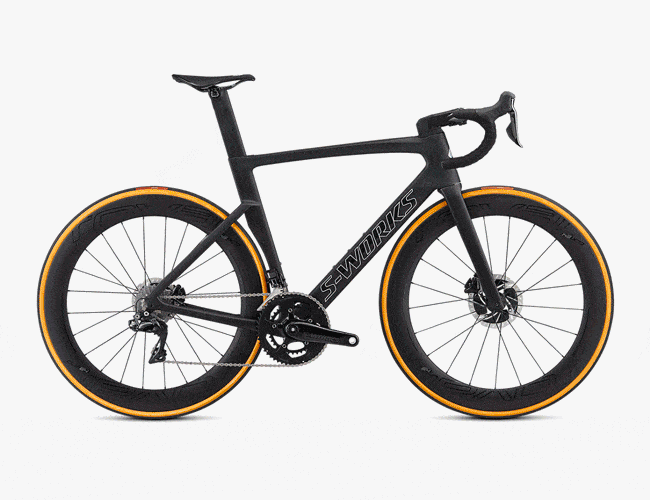7 photos
McLaren can’t build a bad supercar. That’s not a problem for us proletariat who don’t own a McLaren, but it may present an issue for those who do. Imagine you’re filthy rich and you want the ultimate, best and every other adjective for “apex” supercar from the Woking, England, manufacturer. You part with more than a million dollars and take ownership of the P1 hypercar and you deservedly feel like a king.
A few years later, out comes the Senna and, damn it, it’s slightly better than your P1. It’s so effing perfect that Formula 1 champ Nico Rosberg declares it the only road car he’s driven that comes close to feeling like an F1 car. Clearly, you now must buy a Senna, so you do. Then the 600LT emerges as part of the Sports Series, and because it’s brilliant fun to playfully rip around the track, you’re going to need one of those, too. McLaren’s inability to produce a crummy car is costing you a lot of money, but, hey, at least your garage is freaking beautiful, right?
That garage will need one more parking space. McLaren’s gone and chopped the roof off the 600LT, and because you want to feel the wind tearing out your hair during a track day, you’ll also have to get one of those 600LT Spiders. As previously mentioned, I can’t afford a McLaren 600LT Spider, and cursing that very fact was the first thought I had while testing the beast in Arizona earlier this month. Here, the rest of the musings that pop into your head as you barrel along serene desert roadways and on a closed track.
“Longtail, FTW.”
The “LT” stands for “Longtail,” or an elongated chassis. McLaren’s first foray into a longer wheelbase was the F1 GTR Longtail, back in 1997, which competed in things like the 24 Hours of Le Mans. Oversimplified, take a regular chassis—the jumpoff for the 600LT was the 570S—and stretch it both front and rear, shave out some weight, tweak the aerodynamics, ratchet up the power and you’ve got one helluva monster on a race track. Shorter chassis can go light and feel squirrely under hard charges through a corner on a track, but the 600LT rotates itself through a hairpin as gracefully as a ballerina pirouetting. It’s effortless to get the weight transfer to zip you around and fire you out of the turn at pupil-dilating speed.
“Brake steer should be standard on all supercars.”
Here’s a fun bar fact that’ll make you sound very smarts: in the 1997 Formula 1 season, a photographer spotted a second brake pedal in the McLaren MP4/12 race car. It emerged that pedal was for brake-steer and, when engaged by the driver, it clamped down on the inside rear wheel during a turn to offset understeer. It was outlawed by F1 officials at the end of that season, but it’s back in the 600LT and the Spider. What that brake vectoring does is help the car absolutely tear through corners at high speeds. A little trail braking into a turn, and the front end tucks in, grabs hold of the line and stays there until you unwind the wheel again.









